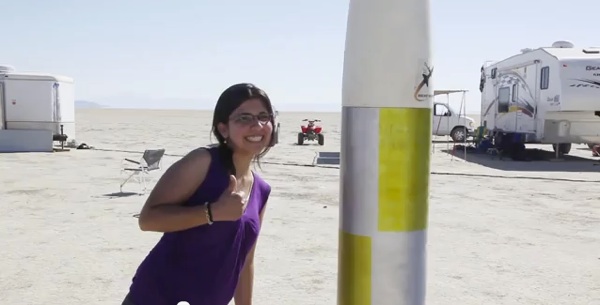We Know the Google NexusOne Can Survive a Hard Vacuum Because Someone Shot It into Space
I don’t know why they don’t just write this right on the box: “Can survive an absolute vacuum!” Owing to its superior processing capabilities and small size, the Google NexusOne (as well as the original HTC Android) are under continuous testing as the brains of small, “cube” satellites.


It’s all part of an educational effort spearheaded by the Mavericks Civilian Space Foundation, which has found that “a stock Android HTC phone can work just fine as a low-cost satellite (it has a better processor than many satellites, and decent multi-axis sensors and GPS.)”

The second image at the top of this post (of the cubesat) is from a launch via balloon, which took the satellite to 100,000 feet. The rest of the pictures, captured from this video, are from a launch that used a small conventional rocket.

Unfortunately, the two phones used in this launch did not survive – despite the rocket’s parachute, its internals turned into a crumple zone upon impact. Next step: using a more rugged phone.
Keep Reading
Most Popular
Large language models can do jaw-dropping things. But nobody knows exactly why.
And that's a problem. Figuring it out is one of the biggest scientific puzzles of our time and a crucial step towards controlling more powerful future models.
How scientists traced a mysterious covid case back to six toilets
When wastewater surveillance turns into a hunt for a single infected individual, the ethics get tricky.
The problem with plug-in hybrids? Their drivers.
Plug-in hybrids are often sold as a transition to EVs, but new data from Europe shows we’re still underestimating the emissions they produce.
Google DeepMind’s new generative model makes Super Mario–like games from scratch
Genie learns how to control games by watching hours and hours of video. It could help train next-gen robots too.
Stay connected
Get the latest updates from
MIT Technology Review
Discover special offers, top stories, upcoming events, and more.